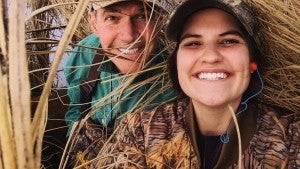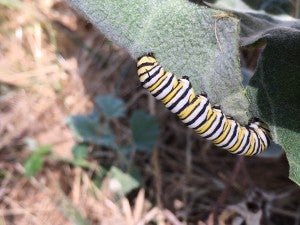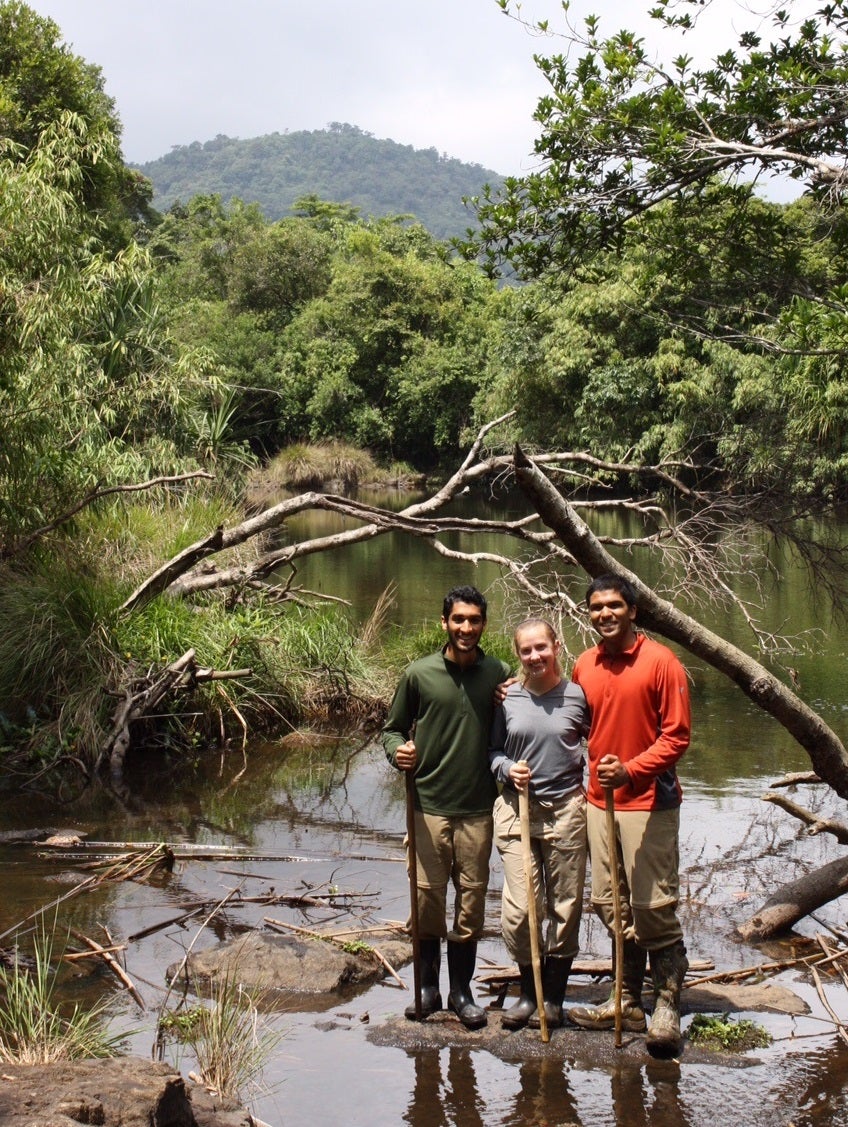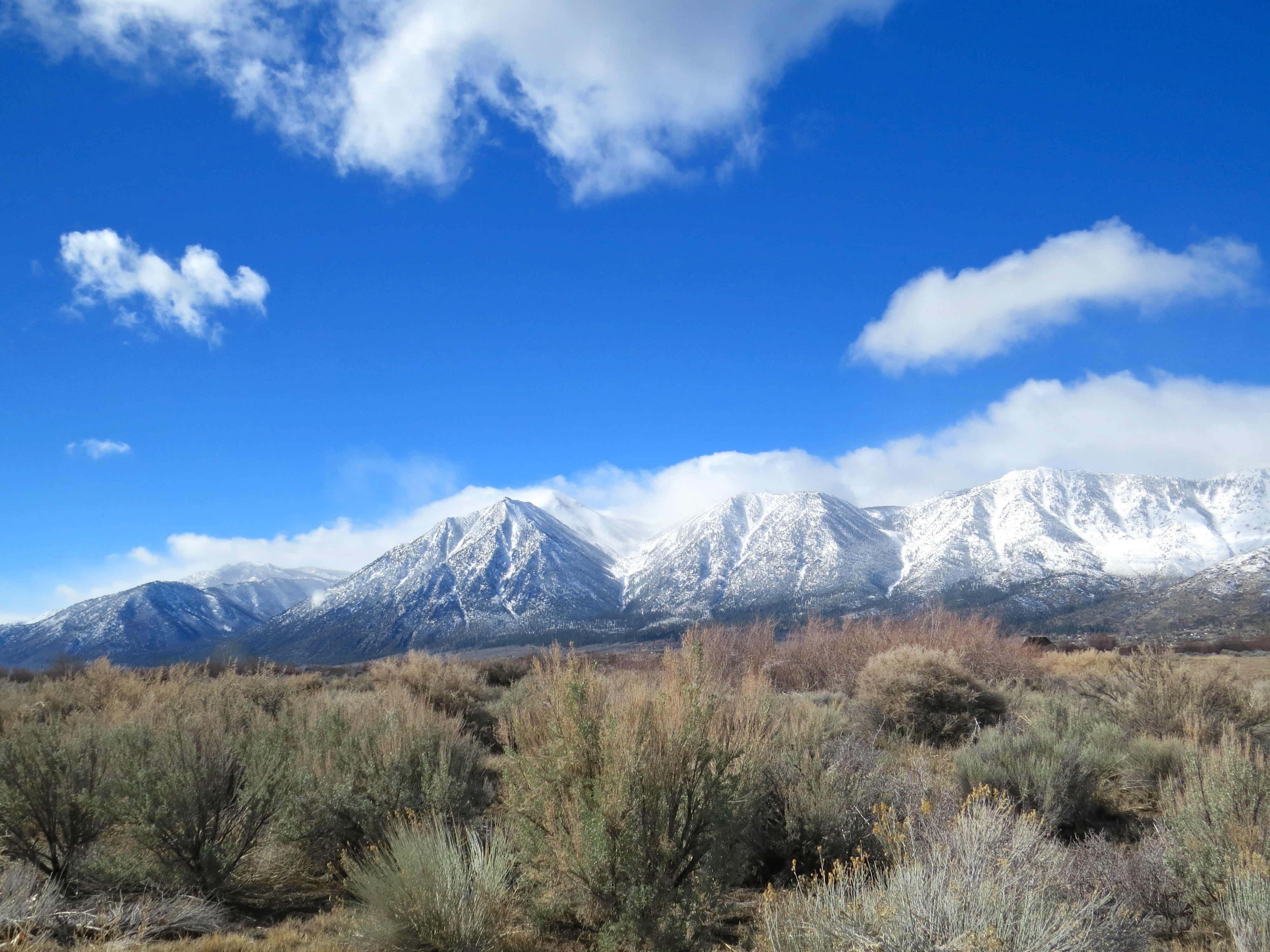
EDF is working to develop the Monarch Butterfly Habitat Exchange to engage the agricultural community in the fight against extinction.
Virtually every farmer and rancher in America has room for conservation on their land. But deciding whether or not to enroll acres in a conservation program requires just as much business sense as deciding which crops to grow on other acres. It’s a matter of cost and return on investment.
My team and I traveled to Nebraska earlier this month to meet with a few corn and soybean farmers to get a sense of what the costs and benefits might be of dedicating some acres – namely marginal lands with low crop productivity, as well as roadsides and field edges – to growing milkweed habitat for the monarch butterfly. What we found was that there is no one-size-fits-all approach. Read More


















